What about the size?
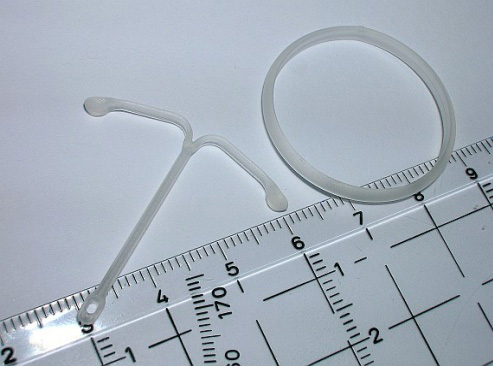
Obviously, the term “micro” suggests that micro-molding has something to do with size, but how is it defined?
When you speak of parts that weigh less than a gram, you’re in the right ballpark, but it takes more than size. It’s one thing to mold something small, it’s another thing to mold it efficiently and precisely time and time again. Micro molding must be capable of producing thousands, millions, even billions of parts with the same precision.
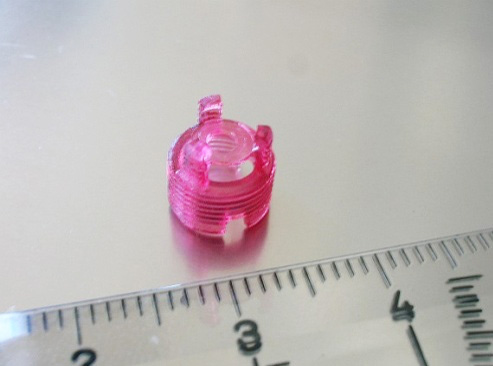
What about the machine?
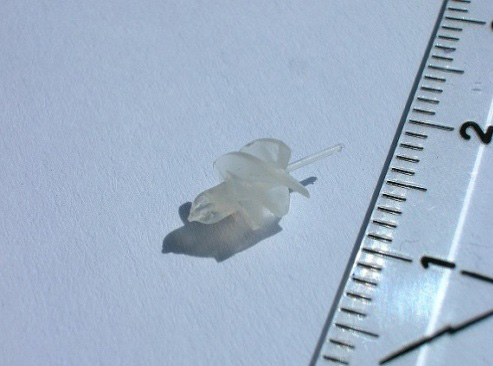
Today anyone can buy an injection press from a variety of manufactures. Many of them even advertise special presses just for “micro molding.” However, a micro-molder is not classified by hardware alone.
The combination of innovation, processing, and expert tool building together make up the elements of true micro molding. And just like buying a piano doesn’t make one an overnight virtuoso, it takes years of experience to master the process. A good press is only as good as the technology that comes before it.
What about “small” parts?
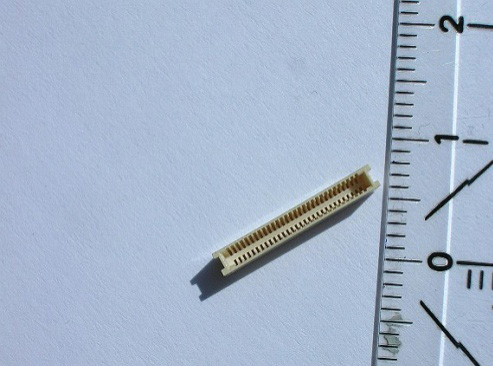
Not every application requires microscopic parts, many times a customer has a small molding project that requires demanding geometry and tight tolerances, but on a slightly larger scale. For example, a part measuring about an inch long can have many micro-sized features, a .004” (.1mm) thin wall section, a .008” (.20mm) diameter hole, etc. These features can be extreme, but a genuine micro-molder can apply the skills and expertise from successful micro-molding to these “larger” parts.
Insert / Lead Frame Molding
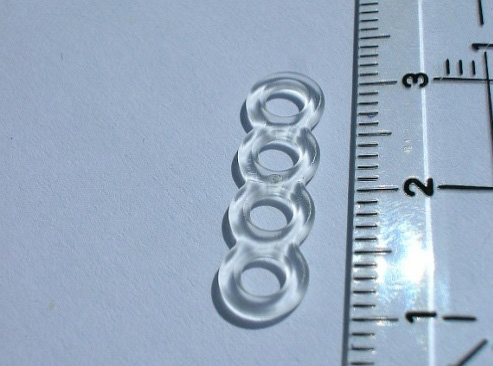
Another key ingredient for any micro-molder is the ability to perform other traditional injection molding processes at the micro scale. The demand for micro-sized lead frame and insert molding continues to grow and the same size and tolerance requirements of standard micro-molding apply to these processes as well.
The ability to overmold a micro-sized part on an extremely small insert while maintaining consistency and accuracy is critical. This process is in demand for the continued success of the micro-electronics and semiconductor industries.
Insert micro-molding applies to more than just metal inserts. It means being capable of molding in and around a wide variety of other materials such as ceramic, glass, fabrics, film or foil to other plastics.
The image to the right is an example insert molding on the micro-scale. This particular example shows a special fabric insert material carefully positioned at the center of the part. To successfully feed, cut, position and shut-off on this unstable and delicate material the mold has to be very precise. The molding process required repeatable control to avoid damaging the insert while keeping the tight tolerances of the part itself.
2-Shot Micro Molding
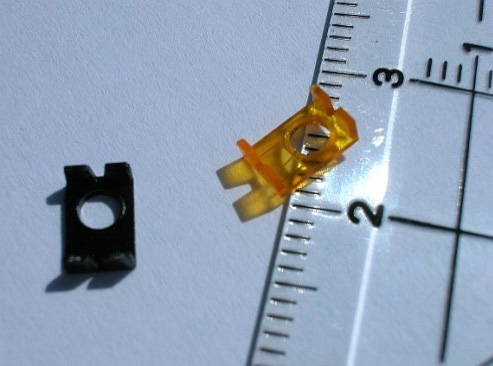
Adding to the capabilities of micro molding is the ability to mold two different materials on the same part at the same time. The two different thermoplastic resins are shot in sync so that it requires only one mold cycle. Often times this process can add valuable cosmetic or functional properties, reduce labor or assist in making the part more robust.
The image above has a soft durometer material in the center, surrounded by a hard ABS structural material. This part is molded in one mold eliminating the need to build two parts and assemble them or two tools and insert mold one material on the other saving time and resources.
Micro-Optics
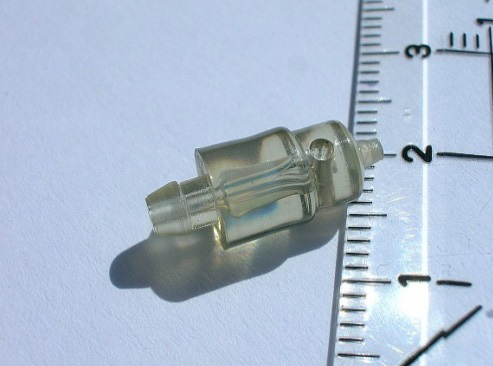
The world of micro-optics and micro-molding seem to go hand in hand. This high-tech market sector requires micron level features and micron level tolerances. It’s not just a product for the telecommunications market either. Products like medical diagnostics, endoscopic and minimally invasive surgical tools and micro sensor applications are taking advantage of these tiny lenses.
The image to the right is a 12-lens array for the high-bandwidth data market. It’s made of Sabic’s Ultem® material. Each lens is 250µm in diameter on 250µm centers. The noncumulative positional tolerances of each lens from the datum post is ±3µm.
In-House Micro Molding Tooling & Production
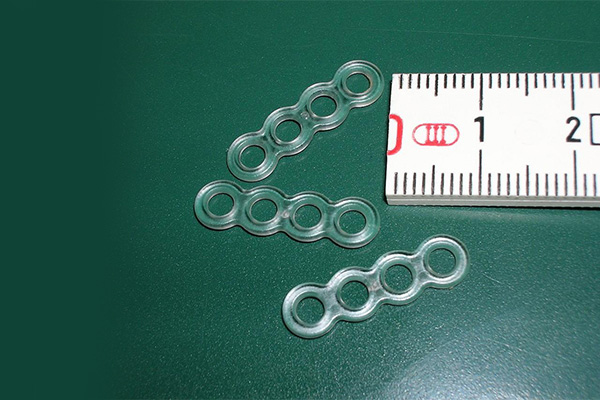
Control of the mold design and build process is essential to the success of any micro-molding project. Having in-house tool design, build and maintenance resources is a significant advantage when dealing with extremely tight tolerances and complexities of the parts we have already mentioned. The end goal; making good parts on time every time requires experienced in-house tooling, design engineering, project planning, process engineering and quality engineering resources. This assures a fully developed design for manufacturing. It would be very difficult to outsource these responsibilities with manufacturing projects this complex.
The in-house tool makers are integral members of the project management team as are the quality technicians and process engineers. The team must plan and execute many sophisticated production processes while maintaining strict project timelines. The need for clear on-going communications all along the way is essential.
In-house resources also play a critical roll in routine maintenance, running product changes or repairs that may be required. Success is never guaranteed but probabilities increase dramatically when project and production planning, timeline and execution responsibility all lie within the control of a single entity.
Automation & Packaging
Part handling and packaging sometimes seem like a second thought, but in many cases, it’s almost as important to the process as making the part. Molding a small part is one thing. Molding it and packaging it so it’s oriented in a manner that’s useful to the customer can be a challenge all on it’s own.
In-house custom automation and packaging can come in many forms. This can be reel-to-reel packaging, light subassemblies, lead frame die-forming and singulation, in-line inspection or a wide variety of other custom secondary processes. These added services complete the total micro-molding service and sometimes can be the difference between project success and failure.
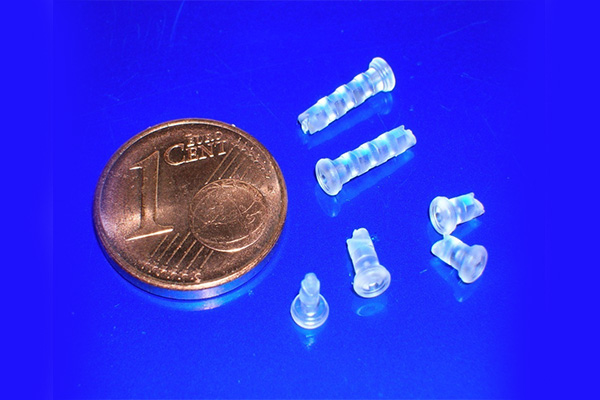
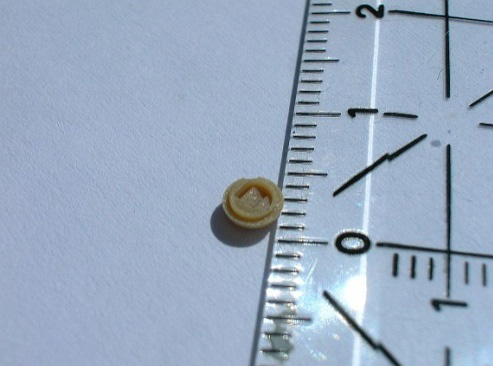
Quality Assurance
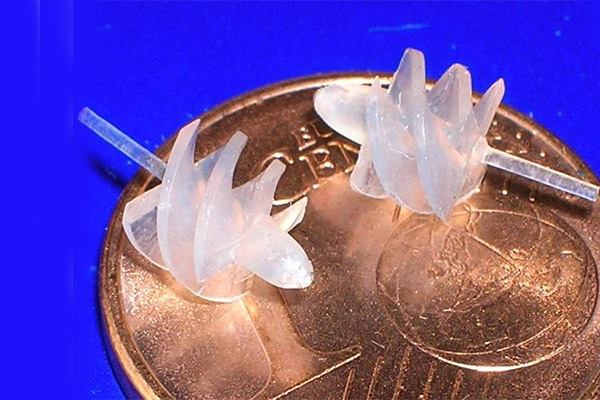
Quality assurance is imperative to any micro-molding operation. The ability to prove that parts are made to spec time and time again is where true capabilities are tested. This assurance comes in various ways.
Quality begins at the start of each project. Design for manufacturability reviews are performed to ensure the project is off on the right foot. Considerations for quality, the robustness of the process and the ability to inspect and measure happen as early in the process as possible.
From there control plans addressing critical features, FMEA results and other quality requirements are developed. High tech and low tech measurements are used depending on what’s appropriate. Measurement plans using precision gage pins, high-resolution in-line vision systems may be employed where necessary. Verification of tool dimensions as well as finished part dimensions often requires high magnification microscopic measurements.
Product handling is also a necessary consideration. Surface contamination can be at a minimum a nuisance for parts this size. Delicate features need proper processes in place to make sure the product arrives to the customer undamaged. Automation and clean room molding may be required.
Materials Best for Micro Molding
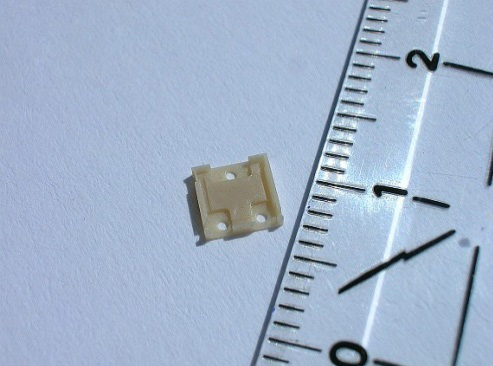
Micro molding materials come in almost as many forms as there are ideas in the mind of a Mechanical Engineer. In the world of micro-molding, mission-critical components often require exotic or highly engineered compounds.
Materials like PEEK, PEI (Ultem®), carbon filled LCP or glass filled nylons are commonplace. Soft durometer or elastomeric resins are also prominent. Direct experience with these materials in the context of micro-molding is another part of valuable know-how needed to maximize the performance of the resin/part design combination.
Customer Satisfaction
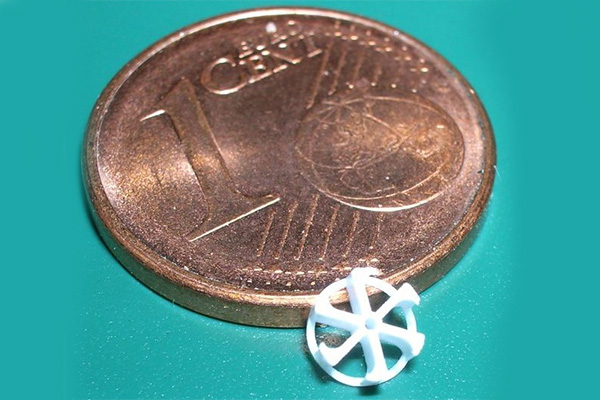
When it’s all said and done it’s about the finished component or assembly. An authentic micro-molder produces extreme parts consistently and efficiently every time. A true micro molder is ultimately there to meet the high demands of modern manufacturing. The artistry and ingenuity in the process is lost if, in the end, the product does not satisfy the customer.
Even though micro molding may seem new and novel, Vietnam Sourcing has been in the “micro” business for more than two decades and have produced billions of micro molded parts over the years. It’s where we started as a company, and it’s where we continue to grow, innovate and produce.
True micro molding is our way of thinking, our way of doing, and our way of life. Please reach out today if you have questions!

